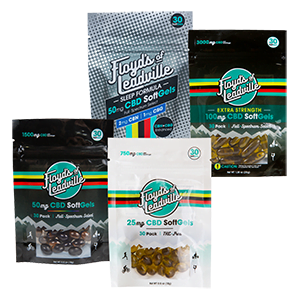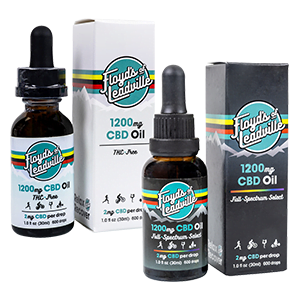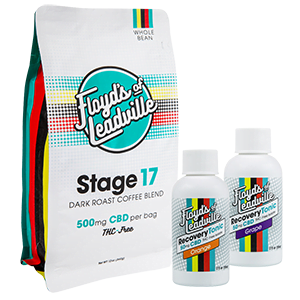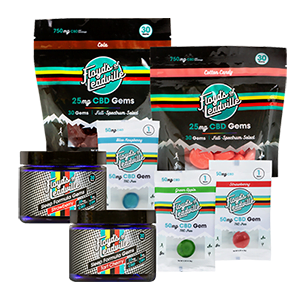From Bike Courier to 2015 CX Fixed Gear World Champion: Meet Corey Hilliard
By Dave Zabriskie, Floyd’s of Leadville
Corey’s Grassroots Journey to Promote Racial and Economic Diversity in the Sport of Cycling

Thanks so much for joining us Corey, we’ve been watching your 12k climbing days lately and glad you stopped to catch your breath. Tell us a little about yourself, where’d you grow up and what drew you into cycling?
I grew up in Philadelphia. The first real ride that I remember was during the summer of college when I began mountain biking. I randomly roamed ten miles north of home and found dirt trails in Pennypack Park. I immediately enjoyed splashing through the mud and rolling over the rocky hills. For an expert they are easy. But back then, they were the most challenging thing I could do.
Nice! We’re a bit partial to Pennsylvania ourselves. One of our favorite stories from opening the Cafe in Lancaster was when you rode down to visit us from NYC. We’ve got a huge respect for bike messengers- it sounds like all of the most difficult aspect of the Tour de France; navigating screaming bystanders, dodging support vehicles and fumbling through musette bags while trying to stay on the bike. How’d you find yourself in that line of work?
I began working as a bicycle messenger at the end of the following summer. I got paid on commission. The more I delivered, the more money I made. Back then there were no messenger races. Everyone worked hard to get beers at the local bar. Although there were no races, there were unofficial competitions when riders traveling the same direction made eye contact. It was in those times snaking around motor vehicles in live traffic that I learned bike handling skills. I rode year round in rain, snow and the heat. No matter what my head said or my legs felt, when the dispatcher asked you to do one more, riders always seemed to have that little bit extra at the end of the day.
And how did you get involved in racing? It seems like your job provided the perfect training regimen.
I eventually moved downtown and skipped the speed work commutes. By this time, I had joined Quaker City Wheelmen and began racing. When I couldn’t race on the weekend, I would ride to Trexlertown or Lancaster and back. Being a fast racer often meant the dispatcher would give me more work. The downside is that my legs need a rest on Monday. Rushes, which paid more, wore me out. Often it leads to overtraining or arriving at events exhausted. It took a while to learn how to balance work and racing.
Spoiler alert, the training must have worked because you were the 2015 Fixed Gear CX World Champion. Can you walk us through that a bit?
In 2015 I had gotten some gear from Sealskinz. They gave me gloves and socks which significantly improved conditions for work. I wore their jersey and bibs to several events. Towards the end of the season, someone at the company wanted to show their appreciation for wearing their gear. They offered me a ticket to CX nationals. I had a Cat 1 XC license, but a Cat 4 in CX. That was a bit awkward, so I asked for a ticket to the Single Speed Cyclocross World Championships in Victoria, BC. I registered, they paid for the plane ticket to Vancouver.
I decided to race the event with a fixed gear as I had been riding like that for years and there were none of the restrictive rules of USAC or the UCI. During the first day of qualifying, riders were broken into groups to do feats of strength. If one performed well they got a white zip tie to place on their card. If not they got a black one. I knew it was going to be a good day when I won the first feat, a small CX course that was running up stairs then rolling downhill through a park. The second feat was foot down. What stood out was somewhere between segments our group had to wait for some riders that had to fix a flat. While waiting I did 10 backwards circles. The guide/monitor for our group was impressed and I got an extra white zip tie. It was good because I failed to get a white zip tie at the hill climb. I got a perfect score because of the bonus points. The day of the finals was on a motocross course with some hairy off-camber drop offs. I survived. Adam Craig won the Single Speed Cyclocross World Championships. I thought it was a good time and hitched a ride back to Vancouver to take the early morning flight back to NYC. While waiting at the luggage carousel for my stuff, I wanted to upload photos from the Vancouver airport. I got a notice that I was tagged in a photo. The organizers named me the 2015 Fixed Gear Cyclocross World Champion! I had no idea until that moment. I missed the parties and podium ceremonies because I only thought about the big SS prize. I got the tattoo.
Those parties are legendary. At least you got the tattoo, that’s the real trophy. You had a pretty non-traditional path into the sport and a unique perspective on bike culture and countless hours in the saddle. You’re also working to raise money for your local YMCA to get more kids and urban youth on bikes. What barriers do you see in this sport that prevent it from being accessible to everyone?
Cycling is an expensive sport. There is a massive disparity in abilities to buy equipment and participate in racing events. Years ago I received coaching from Roger Young and his wife Connie Pareskevin at a Powerbar training camp in Southern California. I didn’t come from a cycling background or even a well-developed club structure in my town. At the end of the season, rather than continuing to pursue greater exploits in cycling, I had to face the reality of paying bills and putting food in my belly. My love of cycling was there. The economic means to pursue loftier accomplishments wasn’t. Years later I learned Roger Young put many Americans on Olympic podiums. I am still active in cycling because of lucky circumstances
Unless you have a full sponsorship, racing bikes is incredibly expensive. Equipment isn’t cheap, most races involve hefty registration fees or weekend travel expenses. What does the industry need to help lower the cost barrier of entry?
For the sport to grow, it needs more grassroots promoters with a love of the sport and less interest in trying to create larger for-profit events. Get masters of the sport involved with developing the juniors. Create more events for riders to do in their own hometown or neighborhoods. There were many times during my career that I missed racing because I could not afford a car to compete in faraway locations. How many other riders of talent lost interest not because they didn’t love racing, but because their wallets said stay home? Everyone in the US knows everything about football, baseball and hockey because of the vast network of junior development teams. If the same amount of financial commitment was directed towards juniors and juniors of diverse ethnicities and means, the sport would flourish.
And it’s no secret that cycling lacks racial diversity. What do we as a community need to do to change that?
As far as opening racial diversity, I think it reflects on the world outside of cycling. It’s a complicated problem with many variables. I am not sure I have the answer to creating greater diversity in the sport [but] I do have the ability to create interest in Brooklyn and NYC. Hopefully, greater numbers of riders attending the YMCA funded by Ride for the Future and an expanding success of Startrack Junior Racing Club will create critical mass so that there will be more promoters and racers of every background participating in the sport. For black people who are on the fence about participation, maybe they can see me doing stuff in almost every cycling discipline and think: that looks like worthwhile fun, I can do it too.
So more grassroots events, more prevalent mentorship opportunities, and a community presence in traditionally underserved areas?
I like to think of it in terms of farming analogies. It is easier to grow grass than a tree. Only after the soil is rich from a vast network of root structures and biodiversity is it possible to grow strong tall trees.
Well said. It seems like quarantine and the global pandemic has introduced a whole new segment of the population to cycling. From shops selling out of just about every level of bike to packed trails and bike paths full of cyclists of every level, maybe we’re about to experience a cycling renaissance in the US. We’ve been watching your huge climbing days on Strava, but what do you do when you’re off the bike?
When I am off the bike I enjoy swimming and yoga. When not doing physical stuff, I like music, books and museums. Oh wait, chess. I love the game. I play online while waiting for planes, trains, and buses to shuttle me to the next event.
The ultimate game of strategy, we need to get a chessboard for HQ. When did you first start using CBD?
I first began using CBD after breaking and dislocating my right arm in a crash. I used Floyd’s of Leadville tincture and SoftGels to help during therapy to regain strength and range of motion. It was a scary time as I feared losing the ability to ride my bike ever again. After a few months of disciplined training, I participated in a 1,000km race in Oman. While jet lag and spotty GPS ruined my chances of winning, the benefits of CBD for recovery were cemented in my mind.
1000km in Oman! That makes your ride from NYC to Floyd’s Cafe Lancaster seem like a cakewalk. We’re sorry to hear about the GPS issues, we know you have a great sense of direction from navigating countless miles of city streets. What are you up to these days as traveling and racing are all on hold?
I am currently working on a project called Cordefrance where I mimic doing stages of the tour while working as a bike messenger. Last year was a chaotic mess because of sleep deprivation. This year will be better with some experience and lack of competition from the real tour postponed to August. #cordefrance2019 was a stroke of genius way ahead of the curve. In 2020 it will be trendy.
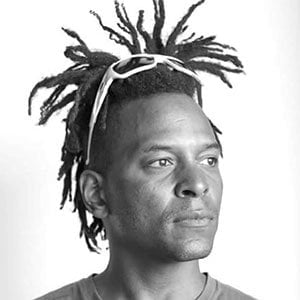
You heard it here first folks! Any parting thoughts?
Ride bikes, be happy.
Thanks again for joining us today Corey and for sharing your wisdom, insights and strength. If our audience wants to follow along with you on Strava or Instagram or donate to Ride for the Future they can do so in the following links:
IG: @coreythecourier
https://www.pledgereg.com/ride-for-the-future
Strava: Corey Hilliard

